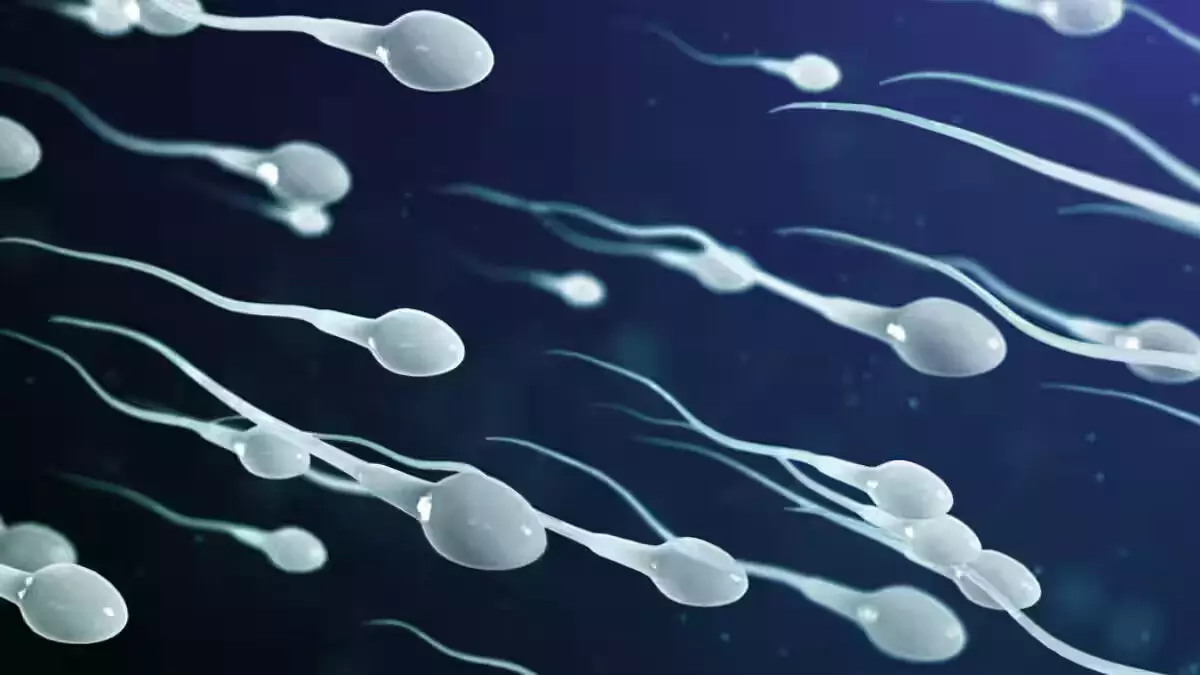Study Finds How Human Sperm Defies Newton's Third Law Of Motion

Kyoto: In a stunning revelation that challenges one of physics’ most foundational principles, a team of researchers has found that human sperm may violate Newton’s third law of motion, which states that every action has an equal and opposite reaction.
The study, led by Kenta Ishimoto of Kyoto University and published in PRX Life, introduces a revolutionary framework called “odd elastohydrodynamics” to explain how sperm achieve forward motion through highly viscous environments like the female reproductive tract—where traditional motion strategies falter.
Unlike passive systems governed by classical fluid dynamics, sperm rely on non-reciprocal internal forces to swim. High-resolution data revealed that sperm flagella (the whip-like tails) do not simply react to the surrounding fluid. Instead, they actively inject directional energy into specific regions of the tail, creating asymmetric waveforms that propel the sperm forward. This mechanism defies the expectation that motion must generate an equal and opposite counterforce.
The team quantified this phenomenon using a new metric called the “odd-elastic modulus”, which tracks the magnitude and location of internal energy inputs. The results showed a strong correlation between these inputs and the sperm’s swimming patterns—offering clear evidence that sperm motion is not just mechanical but energetically strategic.
“This challenges our traditional understanding of Newtonian mechanics,” said Ishimoto. “Sperm are actively reshaping the environment around them by injecting energy in a way that allows them to swim efficiently, even under extreme resistance.”
Beyond reshaping our understanding of cellular biomechanics, the findings open up new frontiers in biomedical engineering—including the development of biomimetic microswimmers for drug delivery and improved fertility diagnostics. The discovery brings science a step closer to understanding how life moves—quite literally—on its smallest scale.


